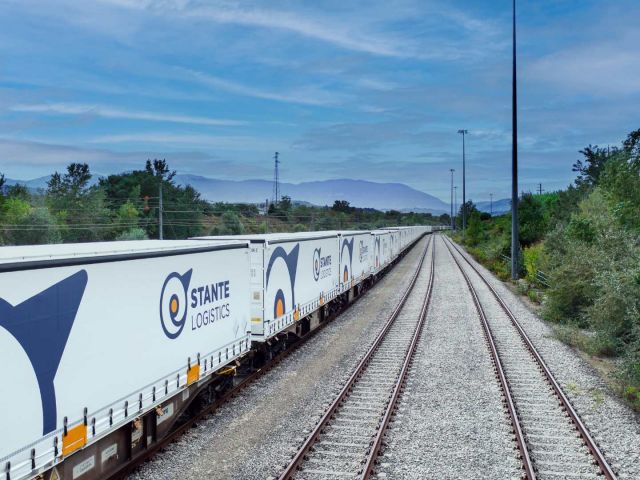What is Intermodal Transport?
Intermodal Transport refers to the use of different modes of transport—such as trains, ships, planes, or trucks—to move goods or people efficiently.
This approach helps optimise transport operations, cutting costs, saving time, and improving overall sustainability.
The concept originated in the 1950s, when the first shipping containers were introduced. However, with globalisation and the rapid growth of international trade, Intermodal Transport has become an essential solution for moving goods between countries, continents, and far-off destinations.
When is Intermodal Transport Used?
Intermodal Transport is particularly useful in the following situations:
- Long distances: ideal for international or national routes that involve more than one form of transport.
- Large shipments: efficient and cost-effective for moving substantial volumes of goods.
- Fragile cargo: standardised containers ensure goods remain secure and undamaged during transit.
- Reducing environmental impact: Intermodal Transport significantly lowers CO₂ emissions, especially when prioritising rail or sea over road transport.
What Are the Benefits?
Intermodal Transport offers numerous advantages. It is a more environmentally friendly option as it reduces costs and delivery times, improves efficiency when moving large volumes of goods, and alleviates road congestion, by combining the strengths of different transport modes. Thanks to these benefits, intermodal transport has become a cornerstone of modern logistics, meeting the demands of a globalised and sustainability-focused economy.
How many types of intermodal transport are there?
There are several types of intermodal transport, depending on the combinations of vehicles used:
- Rail-Road: combines trains for long-haul journeys and trucks for final delivery on the road.
- Road-Sea: this solution combines road and sea transport, the latter being carried out by container ships or ferries.
- Rail-Sea: in this case, goods—usually heavy ones—reach the port by train before being loaded onto ships.
- Road-Air: often used for urgent, high-value, or perishable goods—trucks transport the goods to airports for air freight.
- Rail-Air: goods are moved by train to airports and then flown to their final destination.
- Multimodal: a combination of all available transport methods—rail, road, and sea—to maximise efficiency. This is typically employed for intercontinental shipments.
What is the Most Common Type of Intermodal Transport?
The most widely used form of Intermodal Transport worldwide is maritime-rail transport. This method involves shipping containers via sea for long international routes and using trains for inland transportation, connecting major ports with inland logistics hubs.
Benefits of Maritime-Rail Transport:
- Lower costs: shipping by sea is generally less expensive than air freight, and rail transport is more economical than road haulage.
- Lower environmental impact: rail and maritime transport produce significantly fewer CO₂ emissions compared to road transport.
- Greater capacity: ships and trains can move vast quantities of cargo in a single trip.
In summary: Intermodal transport is a strategic and efficient logistics solution for businesses looking to streamline their supply chains, cut costs, and minimise their environmental footprint. Leveraging multiple modes of transport, allows companies to ensure more sustainable, reliable, and cost-effective operations.
 English
English



